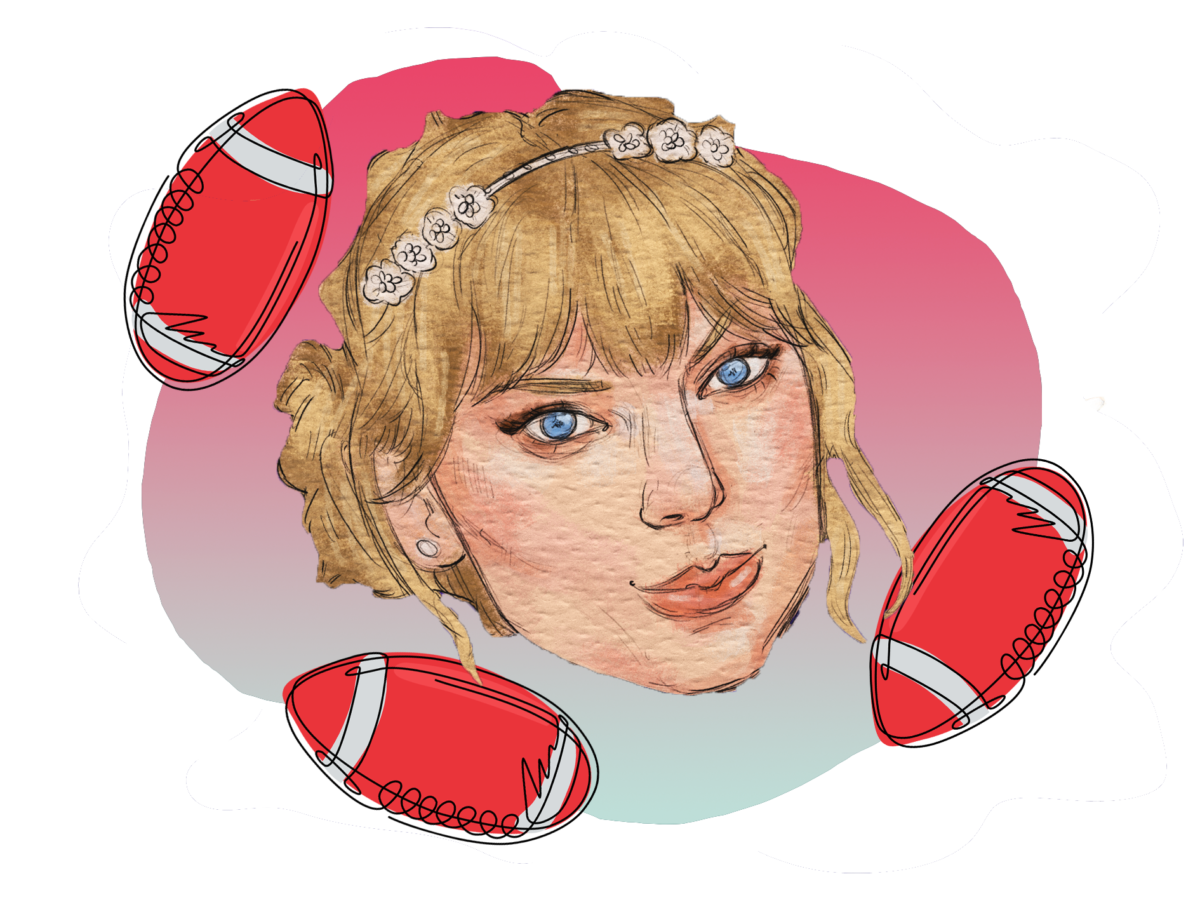Taylor Swift’s recent appearances at Chiefs games brought many new fans to the sport, and the NFL is cashing in.
Taylor Swift was seen for the first time at a Kansas City Chiefs game on Sept. 24. By then, the rumours had been confirmed: she was there to see her new boyfriend, Travis Kelce, in action. The Chiefs’ superstar tight end scored a touchdown for the occasion. From then ensued a series of events which nobody could have predicted a few weeks before. The Swifties and football fans, who at first look have nothing in common, are now both watching Chiefs games.
Taylor Swift and the NFL in numbers
The pop star attended the Oct. 1 Sunday Night Football game between the Kansas City Chiefs and the New York Jets. This game shattered multiple TV ratings records. On average, 27 million Americans watched the game, with a peak audience of 29.4 million people, according to NBC. This average viewership made the game the most-watched Sunday TV show since the Super Bowl in February.
Her mere presence at the game increased the game’s female viewership by over two million compared to the previous three Sunday Night Football games. This increase was most significant among girls aged 12 to 17, at an estimated 53 per cent. The viewership was up by 24 per cent for women aged 18–24 and 34 per cent for women aged 35 and over.
The gold rush
Taylor Swift is far more popular than the NFL worldwide. For those who are skeptical, Taylor Swift has more followers than the NFL’s official pages on every major social media platform. The most blatant example is on Instagram, where the singer has 275 million followers, while the NFL has 28.6 million, as of Oct. 27.
In this context, it was clear from the start who would get the most publicity by being associated with each other. Therefore, the NFL’s marketing department was immediately ready for it and jumped on the opportunity to showcase their game to a new audience. The league regularly posts about Taylor Swift’s presence at games on their social media accounts and has even made it a game highlight on their official website.
Being one of the most famous artists on the planet, Taylor Swift naturally has a significant and very dedicated fanbase. So when she started loving Travis Kelce, the Swifties did as well. That is evident when looking at jersey sales. In September, the Chiefs’ number 87 jersey was the fifth most popular in the NFL. Its sales also increased by approximately 400 per cent in the first 24 hours after the Chiefs versus Bears game on Sept. 24.
Taylor Swift brings the NFL more social media impressions, higher TV ratings, and increases in jersey sales. Knowing this, the league certainly hopes that no bad blood erupts between the two lovers, or else Travis Kelce may become an anti-hero in the Swifties’ eyes. Indeed, they will forever and always stay on their idol’s side. If it were to happen, it would be a treacherous situation for the NFL, as it would leave a blank space in their strategy to appeal to a new audience.
